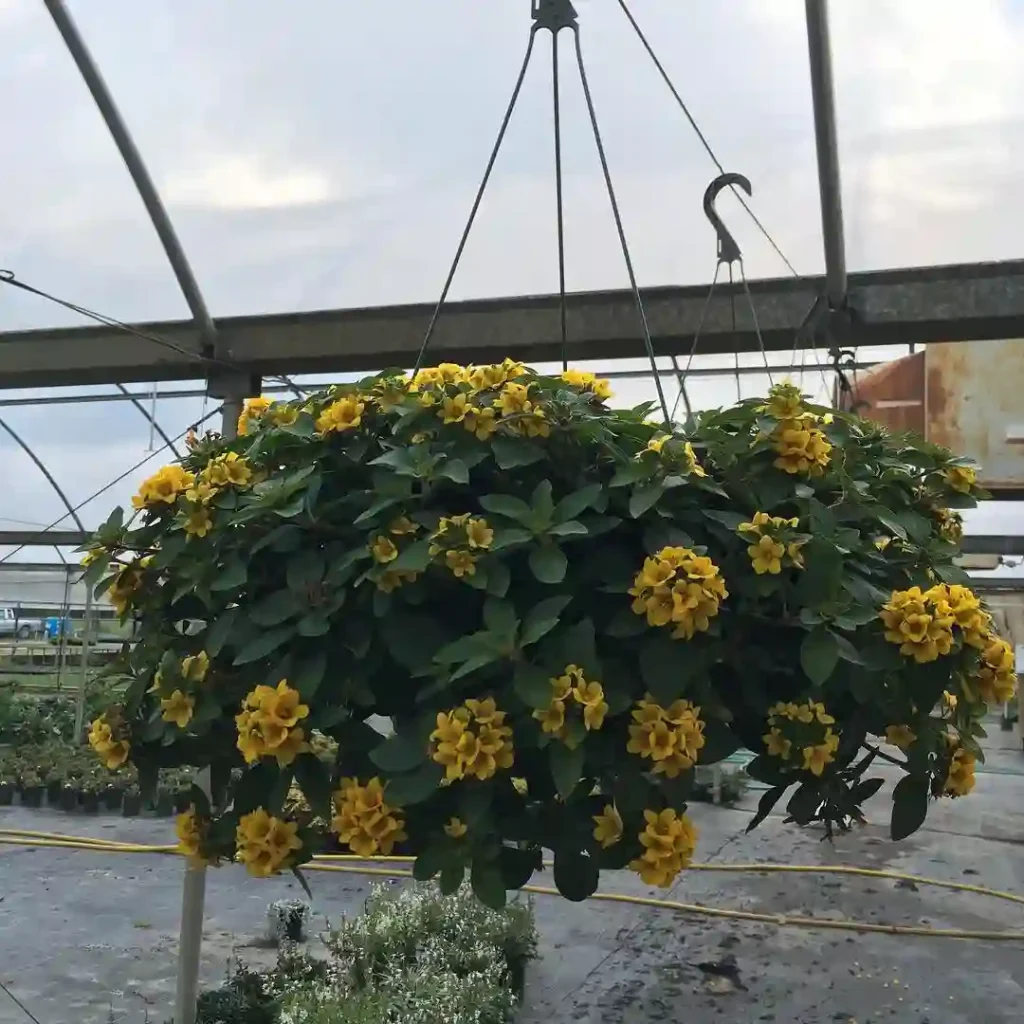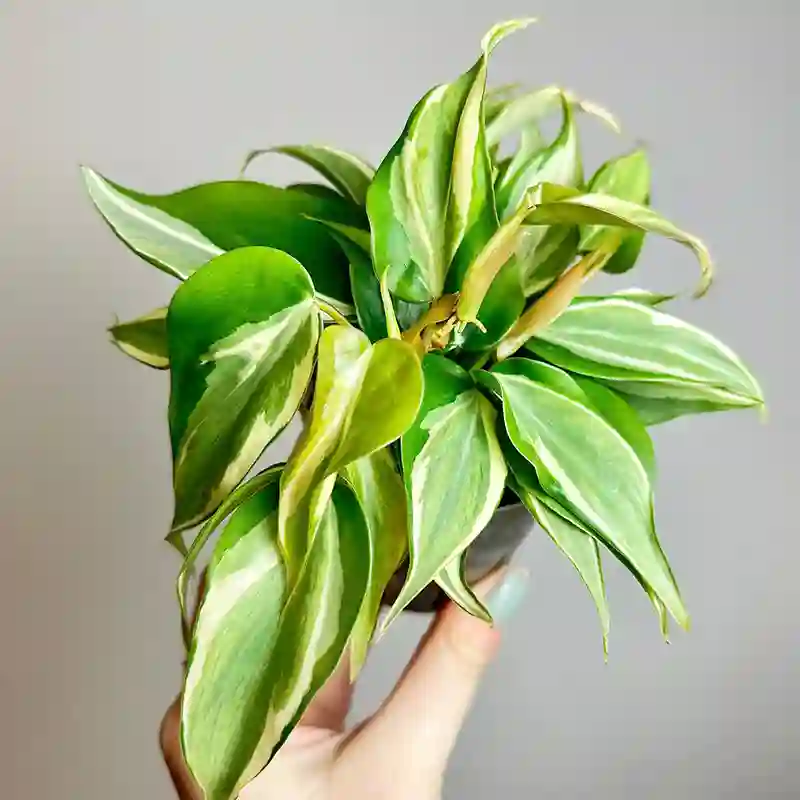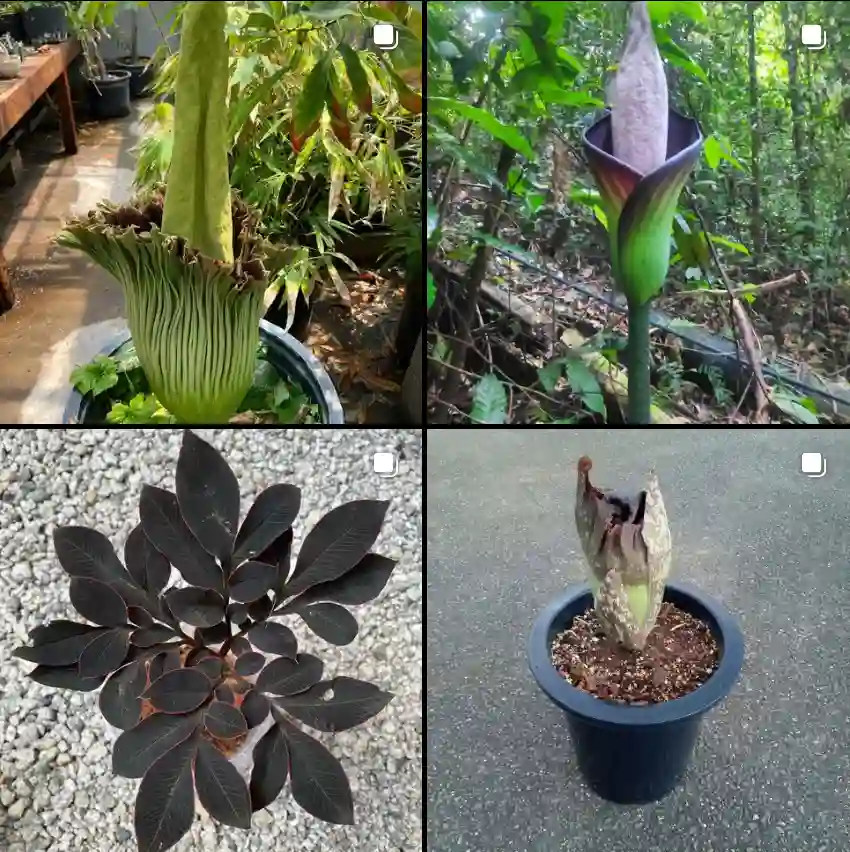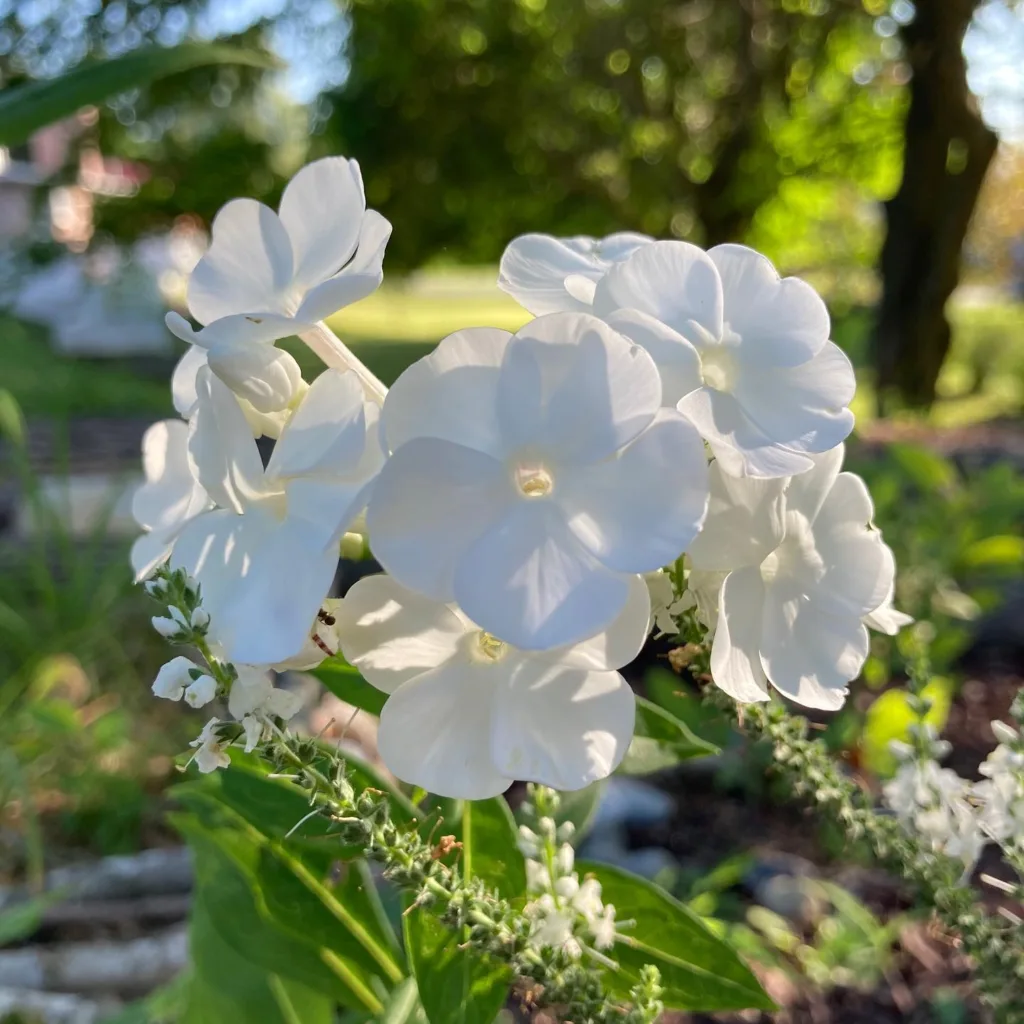
My Journey with the Fiddle Leaf Fig
The Fiddle Leaf Fig, or Ficus lyrata, has become a cherished member of my indoor plant collection. This towering beauty, with its broad, violin-shaped leaves and commanding presence, has earned its reputation as a statement plant. My experience with the Fiddle Leaf Fig has been a journey of learning, care, and appreciation.
880 Species in Genus Ficus
The Initial Appeal
I was first drawn to the Fiddle Leaf Fig because of its dramatic aesthetic. There’s something undeniably striking about those large, glossy leaves that immediately elevate any space. When placed in a bright corner, it effortlessly transforms the room, adding a sense of life and sophistication. It’s no wonder this plant graces the pages of design magazines and Instagram feeds.
Yet, I quickly learned that owning a Fiddle Leaf Fig is not just about its looks. This plant demands attention, teaching me patience and consistency. It’s a living, breathing piece of decor that requires commitment.
FAQs
How to repot fiddle leaf fig?
Repotting my fiddle leaf fig always stresses me out, but I’ve gotten the hang of it over time. The biggest thing I worry about is root health, since these guys are super prone to root rot. I always make sure my pot has plenty of drainage and use a well-draining soil mix. The last time I repotted, I went up one pot size and gently loosened the roots to encourage new growth. Honestly, it’s a messy project. I ended up with soil all over the floor! But a healthy and happy fiddle leaf fig afterward makes it worth the hassle.
How much light does a fiddle leaf fig need?
My fiddle leaf fig is an absolute drama queen when it comes to light! It’s happy living near the brightest window in my living room, soaking up all those rays. I tried keeping it in a slightly dimmer spot before, and it threw a fit – the leaves started looking droopy and lost their vibrant green color. Once I moved it to a sunnier location, it perked right up. I think sometimes I underestimate just how much these plants love bright, indirect light.
How to clean fiddle leaf fig leaves?
I always feel like I’m giving my fiddle leaf fig a little spa day when I clean its leaves. Those huge leaves collect dust like crazy! My favorite way is to gently wipe each one down with a damp microfiber cloth – it gets all the grime off without being too harsh. Sometimes, if there’s stubborn buildup, I’ll give the whole plant a lukewarm shower. It feels a bit risky with such big leaves, but my fig always looks so refreshed and shiny afterward. Just gotta make sure it dries fully to avoid any rot issues.
How to get fiddle leaf fig to branch?
Getting my fiddle leaf fig to branch was a bit of a journey. At first, I was a bit scared to try anything drastic, so I just waited and hoped. Of course, nothing happened. Eventually, I decided to try notching. That was nerve-wracking, but I’m so glad I did! It took a few weeks, but eventually little buds started poking out from the spot I notched. Now, I have a couple of new branches giving my fig a way fuller look – it’s so satisfying!
Why is my fiddle leaf fig drooping?
Ugh, whenever I see my fiddle leaf fig drooping, I immediately go into panic mode! These plants are such divas, and figuring out exactly what’s wrong can feel like detective work. Most of the time, it’s been overwatering for me – the soil stays soggy for too long, which leads to root problems. I’ve learned to ease up on the waterings and only water when the top few inches of soil feel dry. Occasionally, mine droops if it gets bumped or moved to a new spot, but it usually recovers on its own after a couple of days.
Why is my fiddle leaf fig leaves curling?
Curling leaves on my fiddle leaf fig always set off my plant parent alarm bells. It’s happened a few times, and each time the culprit has been different. Once, it was underwatering – the soil was bone dry! After a good soak, the leaves perked right up. Another time, I realized my fig was practically sitting on top of a heating vent, making it super thirsty. But once I moved it, the curling stopped. These plants are so sensitive, so sometimes it’s a process of elimination to figure out what’s bothering them.
How to propagate a fiddle leaf fig in water?
I’ve tried propagating my fiddle leaf fig in water and it was surprisingly easy! I selected a healthy stem with a few leaves and a node, then carefully cut it off the mother plant. After removing the bottom leaves, I dipped the cut end in rooting hormone and popped it in a jar of fresh water. It was fun to see the roots slowly develop over several weeks. I kept it in a bright spot but away from direct sun and changed the water regularly. After it had a good root system, I potted my new baby fig in a well-draining mix and now it’s thriving!
Can a fiddle leaf fig live outside?
Honestly, I’m a bit envious of people who can grow their fiddle leaf figs outdoors year-round! I live in a place with harsh winters, so mine is definitely an indoor-only kind of plant. But I’ve seen pictures of huge, beautiful fiddle leaf figs thriving outside in warmer climates, and it’s pretty amazing. That said, they still need the right conditions. Plenty of warm sunshine, humidity, and well-draining soil are all a must for an outdoor fig. If I lived somewhere tropical, I’d definitely be giving it a try!
Does fiddle leaf fig like to be root bound?
My fiddle leaf fig seems to tolerate being a bit root bound more than some of my other houseplants, but I wouldn’t say it likes it. They definitely grow better and happier with room for their roots to spread out. I’ve noticed that when mine gets too cramped in its pot, its growth slows down, and the leaves start to look less vibrant. I try to repot it every year or two, depending on how quickly it’s growing, to keep it comfortable and prevent any root rot issues.
Why is my fiddle leaf fig turning brown?
There are a few reasons why my fiddle leaf fig might be turning brown, and it can be frustrating to figure out the culprit! It’s usually something to do with watering or light. If the brown spots are crispy and on the edges, it could be underwatering. On the other hand, if the brown spots are larger and more towards the center of the leaves, it might be getting too much water. Low light can also make the leaves turn brown. I usually check the soil moisture first, then adjust my watering or move the plant to a brighter location and see if that helps.
Does fiddle leaf fig like humidity?
Yes! My fiddle leaf fig absolutely loves humidity. Being a tropical plant, it thrives in those warm, moist conditions. I’ve noticed a big difference in its happiness level since I started running a humidifier nearby. Its leaves are a much richer green, and it seems to be putting out new growth way faster than before. I also try to give it a quick misting once or twice a week, especially during those dry winter months. I swear, it perks right up with a little extra moisture in the air.
How often to water fiddle leaf fig in winter?
In the winter, I definitely ease up on how often I water my fiddle leaf fig. With less sunlight and slower growth, it just doesn’t use up water as quickly. Instead of a strict schedule, I always make sure to check the soil moisture before watering. I stick my finger in a few inches to see if it feels dry – if it does, then I give it a good drink. Otherwise, I let it be! Sometimes it goes two or even three weeks before needing water. Overwatering is the worst thing for these plants, especially in winter.
How to get fiddle leaf fig to grow new leaves?
Getting my fiddle leaf fig to put out new growth is one of the most satisfying feelings! The main things I focus on are light, watering, and a little bit of fertilizer. Bright indirect sunlight is key – the more light, the more energy it has to grow. Watering properly is important too – letting the soil dry out a bit between waterings encourages good root health. Finally, a light fertilizing during the growing season gives my fig an extra boost of nutrients to fuel those lush new leaves.
What size pot for fiddle leaf fig?
Picking the right pot size for my fiddle leaf fig always feels like a delicate balancing act. Too small, and it gets root-bound which can lead to problems. But too large, and the excess soil stays wet for too long, risking root rot. I like to go up just one or two sizes when I repot. This gives my fig room to spread its roots comfortably without drowning in soggy soil. I try to choose a pot with lots of drainage holes too, just for extra peace of mind.
Where to buy fiddle leaf fig?
Finding the perfect fiddle leaf fig can be a bit of a treasure hunt! Luckily, there are a few places I usually check. Local garden centers and nurseries are my first stop, as they often have a good selection of healthy plants and knowledgeable staff. If I don’t find what I’m looking for there, I sometimes try online plant retailers – there are a bunch of options out there that ship directly to your door. Finally, I’ve even had some luck finding fiddle leaf figs from local sellers on sites like Facebook Marketplace or similar platforms.
Where to cut a fiddle leaf fig to propagate?
Choosing the right spot to cut my fiddle leaf fig for propagation is important! I look for a healthy stem with at least a few leaves and a couple of nodes (those little bumps where new growth occurs). I usually aim for a stem that’s slightly thicker than a pencil for the best success. Then, I take a pair of sharp, clean pruning shears and make my cut just below one of the bottom nodes. This way, the cutting has plenty of stored energy to encourage new root growth.
Can you save a fiddle leaf fig with no leaves?
Unfortunately, saving a fiddle leaf fig with no leaves is a really uphill battle. While these plants can be surprisingly resilient, without leaves, they can’t photosynthesize and create the energy they need to survive. If the trunk and stem are still green and feel firm, there might be a tiny glimmer of hope. I’d make sure the soil is fresh and slightly moist, put the fig in bright, indirect light, and wait. But, it’s really important to be prepared for the possibility that it might not recover.
What kind of soil for fiddle leaf fig?
The best soil for my fiddle leaf fig is the key to keeping this finicky plant happy! The most important thing is drainage. I use a well-draining potting mix specifically designed for indoor plants. Then, I boost it even more by adding in a handful or two of perlite or coarse sand. This helps the water flow through the soil quickly and prevents soggy roots which lead to root rot. I’ve also had success mixing in a little bit of cactus soil for even better drainage.
How to make fiddle leaf fig grow taller?
Helping my fiddle leaf fig reach for the sky is a bit of an ongoing project! Light is the biggest factor – the more bright, indirect sunlight it gets, the taller and stronger it grows. Occasionally, I rotate my fig so it gets even light on all sides and doesn’t lean towards the window too much. Strategic pruning helps too! Once in a while, I’ll “top” it by cutting off the top few inches of the main trunk. This encourages it to grow bushier and sometimes even stimulates new branches, making it look taller over time.
If i die, water my plants!



